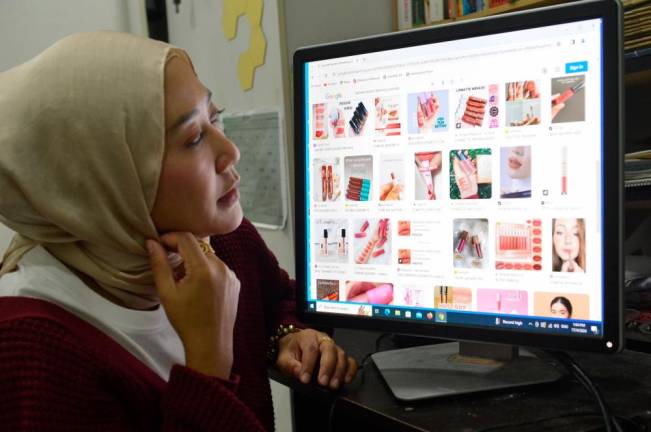PETALING JAYA: The healthcare sector is ripe for disruption, according to TMC Life Sciences Bhd group CEO and Thomson Hospital Kota Damansara CEO Wan Nadiah Wan Mohd Abdullah Yaakob (pix).
She pointed out that even the financial services, which is known as very risk averse and conservative, has moved on and it is inevitable that the healthcare sector will also have to face this.
“At Thomson Medical Group, we have set up a new arm called Thomson X, which is just focused on investing in up and coming healthtech innovations,” she said at the MIDF Conversations virtual talk yesterday.
Nadiah identified the global shortage of healthcare talent as another contributing factor for the shift as a lot of healthcare practitioners across the globe are expected to burn out after the Covid-19 pandemic.
In regard to what this tech disruption will look like, she revealed that hospitals are not only transitioning into electronic medical records.
“But also looking at implementing customer relationship management systems, queue management and other systems to see how technology can be utilised to provide more efficiency and provide better patient experience.”
Nadiah stated that the group’s vision is to build an integrated holistic platform, as it has a big practice in tertiary care & fertility, acupuncture & traditional Chinese medicine (TCM) which has good synergy with each other. She revealed that a lot of Thomson’s customers want to have Chinese medicine therapy like acupuncture to improve their pregnancy, stroke and pain management.
“It’s not a big part but it’s definitely an important part because we want to be an integrated health platform that offers all sorts of services that patients would need.”
Elaborating on Chinese medicine, she pointed out that it has been well established in China and a majority of the TCM physicians in Malaysia have four-year degrees from good Chinese universities and they even sub-specialise in orthopaedics, fertility and reproductions.
“In Malaysia, it is becoming more structured and more healthcare groups are looking at alternative medicine as people are looking for a more wellness type of service in general.”
With growth, she explained that TMC’s hospital and fertility branches are its biggest contributor, out of the four main subsidiaries which also includes retail pharmacies and TCM.
“In healthcare, we see the trend is diverging. You either need specialist care – cancer & nuclear medicine – or it’s moving towards outpatient, day surgery, ambulatory and at home monitoring.”
Nadiah observed that with the pandemic it has seen home monitoring for the positive cases which enables them to be admitted into care when needed as a means to manage cost sustainability of medical inflation.
On the subject of new hospitals, she opined that the middle ground is thinning.
“Where we are at Thomson Hospital Kota Damansara, we had 200 beds and recently completed two additional wings. Starting this month we’re adding 400 beds to capacity and a lot of new services, cancer and nuclear medicine, and all the big tertiary services.”
She highlighted that TMC also has another hospital development in Johor, Thomson Iskandar.
“This is a more long term play in a sense, especially with border closures and such.”
Earlier in this month, she was appointed as a director for the larger Thomson Medical Group based in Singapore.
On a regional level, Nadiah explained the group is looking at a consolidated regional footprint with a presence in Singapore, Malaysia and Indonesia, and will be looking at how it can grow.
In the healthcare sector, she opined that Singapore is slightly ahead, as it has tertiary hospitals and the government does not even issue licences for hospitals anymore.
For its operation in the island republic, the CEO pointed out that most of the growth has been coming from its community ambulatory care centres.
“Thomson in Singapore has a hospital but we also have 37 clinics. I think this is how healthcare services will progress and it will only be a matter of time where we see the community care centres and clinics becoming more predominant.”













